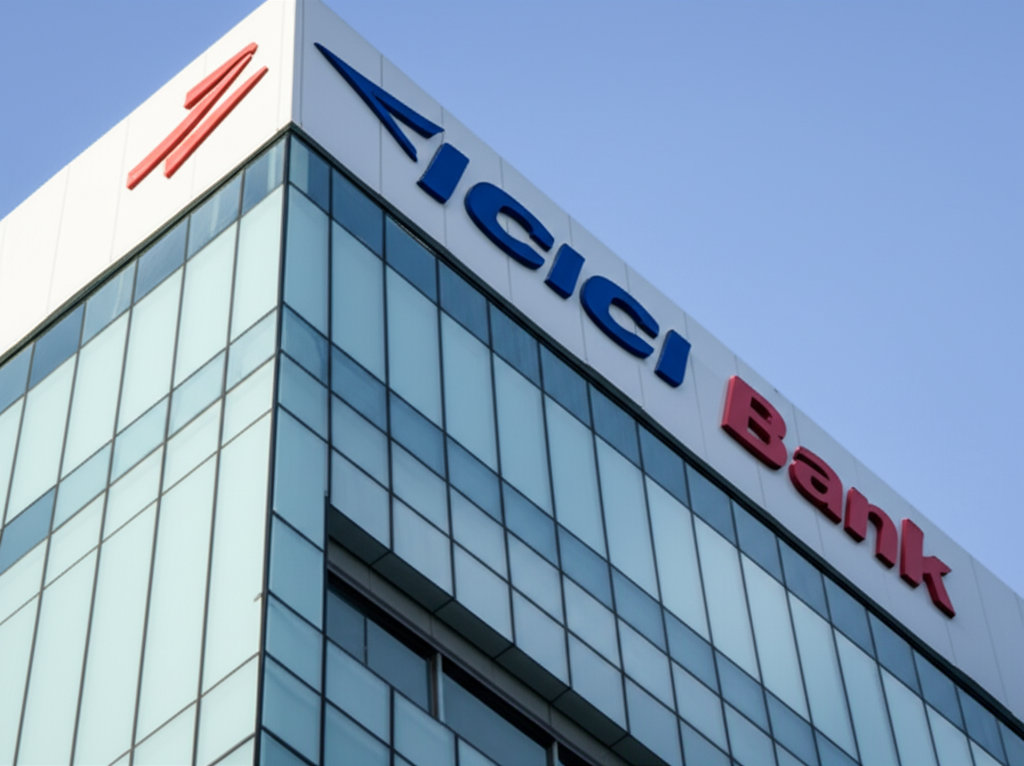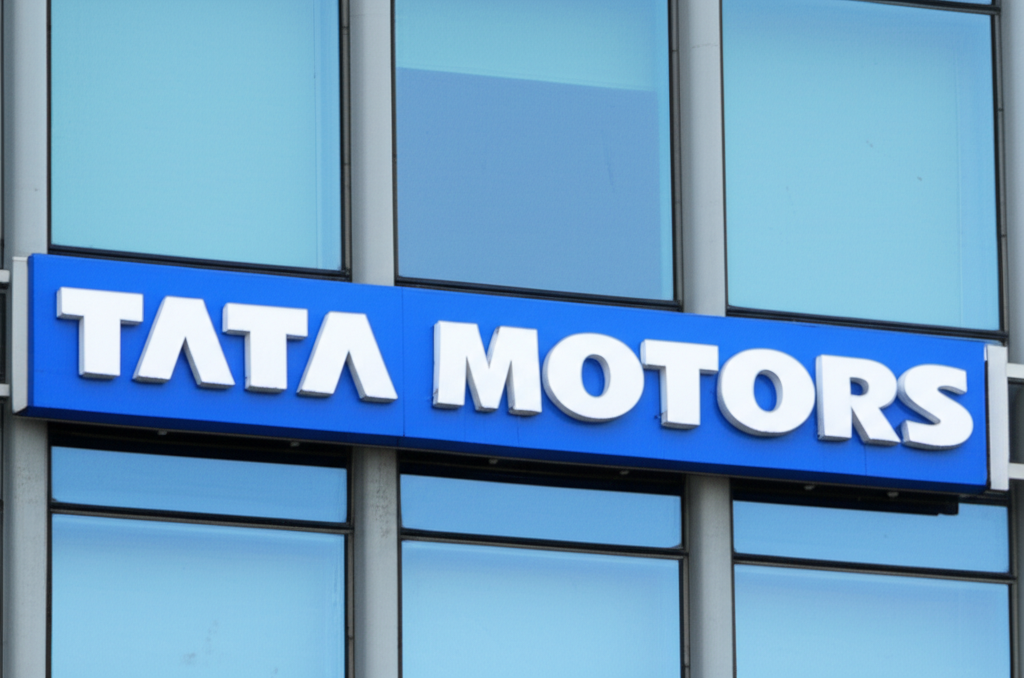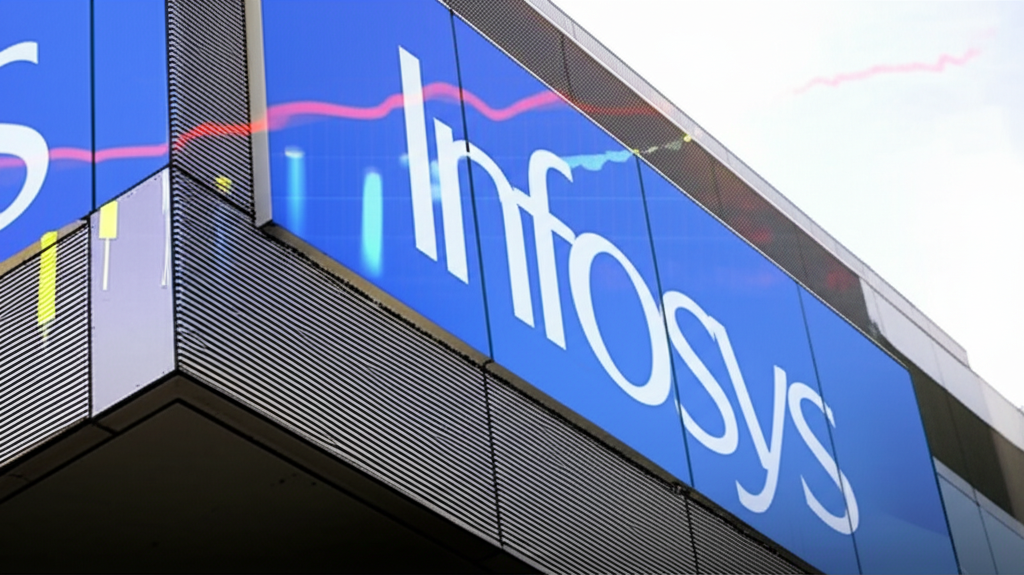On May 12, 2025, U.S. President Donald Trump signed a sweeping executive order aimed at reducing prescription drug prices in the United States by 30–80%, aligning them with prices in other developed nations through a “most favoured nation” (MFN) pricing policy. The announcement, first posted on Trump’s Truth Social platform, triggered a sharp decline in pharmaceutical stocks worldwide, including a 1.6% drop in India’s pharma sub-index on the National Stock Exchange (NSE). Indian pharmaceutical companies, which rely heavily on the U.S. market for revenue, faced immediate scrutiny. However, analysts and industry experts suggest that Indian generic drugmakers are likely insulated from the policy’s immediate impact due to their focus on low-cost generics, which already align with competitive global pricing. In contrast, Sun Pharmaceutical Industries Ltd., India’s largest drugmaker, faces significant pressure due to its exposure to the specialty and branded drug segment in the U.S. This article explores the nuances of Trump’s drug pricing order, its implications for Indian generics, the challenges for Sun Pharma, and the broader context for India’s pharmaceutical industry.
Background on Trump’s Drug Pricing Order
Trump’s executive order, signed on May 12, 2025, seeks to address the high cost of prescription drugs in the U.S., where prices are among the highest globally. The U.S. accounts for nearly three-quarters of global pharmaceutical profits despite representing less than 5% of the world’s population. The order introduces several key measures:
- Most Favoured Nation (MFN) Pricing: The U.S. will pay the same price for drugs as the country with the lowest price globally, potentially slashing prices by up to 80%. This policy targets both Medicare and private insurance-covered medications, including high-cost drugs like insulin and weight-loss medications.
- Direct-to-Consumer Programs: The order encourages drugmakers to sell directly to consumers, bypassing intermediaries like pharmacy benefit managers (PBMS) such as Cigna and CVS Health.
- Enforcement Against Anti-Competitive Practices: The U.S. Federal Trade Commission (FTC) is directed to crack down on practices like pay-for-delay deals, where branded drugmakers pay generics to delay market entry.
- Negotiation and Tariffs: The U.S. Department of Health and Human Services (HHS) will negotiate price reductions within 30 days, with potential tariffs on pharmaceutical imports if companies fail to comply.
The order builds on Trump’s earlier attempts during his first term to implement MFN pricing, which were blocked by legal challenges and rescinded by the Biden administration. Analysts, including those from Reuters, note that implementation faces significant hurdles, including potential lawsuits from the pharmaceutical industry and logistical challenges like drug shortages if companies restrict supply.
Indian Pharmaceutical Industry: A Global Generic Powerhouse
India’s pharmaceutical industry, often dubbed the “pharmacy of the world,” is a global leader in generic drug production, supplying affordable medicines to the U.S., Europe, and developing nations. The U.S. is the largest market for Indian drugmakers, accounting for approximately 35% of their total revenue. Companies like Sun Pharma, Dr. Reddy’s Laboratories, Cipla, and Lupin dominate the sector, exporting generics that are 80% cheaper than branded drugs in the U.S.
The Indian Pharmaceutical Alliance (IPA), representing 80% of India’s pharma exports by value, emphasises that generics operate on razor-thin margins, making them less vulnerable to price cuts. India’s generics are already priced competitively due to intense market competition and cost efficiencies, aligning with the U.S. goal of affordable healthcare. However, the industry has faced challenges, including price erosion in the U.S. market and scrutiny over intellectual property rights (IPR), with the U.S. placing India on its Priority Watch List for weak patent protections.
Why Indian Generics Are Likely Insulated
Analysts and industry bodies, including HDFC Securities and the IPA, argue that Indian generic drugmakers are unlikely to face a significant immediate impact from Trump’s order for several reasons:
- Competitive Pricing: Generic drugs in the U.S. are already deeply discounted due to competition among multiple players. For commoditised generics, prices are close to production costs, leaving little room for further reductions.
- Limited Exposure to High-Cost Segments: Unlike innovator drugs, which dominate 79% of the $670 billion U.S. pharma market, generics account for only 21%. Indian companies primarily focus on generics, which are less affected by MFN pricing, targeting high-cost branded drugs.
- Focus on Uninsured Market: The order primarily targets the uninsured population (about 8% of Americans), leaving pricing for Medicare, Medicaid, and commercial insurance largely unchanged. This limits the impact on Indian generics, which are widely used across these segments.
- Potential Benefits for Generics: Lower U.S. prices for branded drugs could increase demand for generics, benefiting companies like Cipla and Dr. Reddy’s. Kiran Mazumdar-Shaw of Biocon noted that the order promotes generics and biosimilars, areas where Indian firms excel.
The IPA’s Secretary General, Sudarshan Jain, stated, “The generics industry is unlikely to be impacted, as it operates on razor-thin margins.” However, long-term revenue growth could be affected if the U.S. market’s overall opportunity size shrinks, as generics derive their potential from branded drug sales.
Sun Pharma: The Exception Under Pressure
While Indian generics are largely insulated, Sun Pharmaceutical Industries Ltd. faces unique challenges due to its significant exposure to the speciality and branded drug segment in the U.S., which accounts for 15–20% of its total revenue. Sun Pharma’s stock dropped 4.6% on May 12, 2025, leading losses in the pharma sub-index, though it later recovered to close at ₹1,686, down 3%.
Why Sun Pharma Is Vulnerable
- Speciality Drug Exposure: Sun Pharma derives 15–18% of its U.S. sales from speciality drugs like Ilumya (psoriasis), Winlevi (acne), Odomzo (skin cancer), and Cequa (dry eye). These drugs, particularly Ilumya, are priced significantly higher in the U.S. than in other markets, making them prime targets for MFN pricing. For example, Ilumya’s U.S. list price is four times higher than elsewhere, potentially leading to substantial revenue losses.
- Medicare Part B Exposure: Some of Sun Pharma’s speciality drugs, like Ilumya, are sold under Medicare Part B, which could face downward pricing pressure under the MFN model.
- Analyst Warnings: Nomura estimates Sun Pharma’s U.S. specialty sales at $1.04 billion in FY25, warning that the order could “have a significant negative impact on revenues and earnings” and discourage Indian firms from pursuing specialty business in the U.S. Macquarie Capital’s Kunal Dhamesha noted that Sun Pharma’s branded business makes it “more vulnerable” to pricing changes.
- Market Sentiment: Posts on X highlighted Sun Pharma’s vulnerability, with users like @AskPerplexity noting a 5.4% stock drop due to the U.S. being a major export market. While these posts reflect sentiment rather than conclusive evidence, they underscore investor concerns.
Sun Pharma’s Response and Outlook
Sun Pharma has not issued an official statement on the order, but analysts suggest it may need to adjust pricing strategies or shift focus to generics and biosimilars. The company’s robust financials—$5.1 billion in FY24 revenue and a 30% net profit rise in Q4 2025—provide a buffer against short-term pressures. Its diversified portfolio, including generics and emerging markets, could mitigate losses. Additionally, reforms reducing PBM influence could benefit Sun Pharma in the speciality and biosimilars segments over time.
Broader Implications for Indian Pharma
Trump’s order has sparked debate about its long-term impact on Indian pharma. While generics are insulated in the short term, several factors could shape the industry’s future:
- Global Price Recalibration: Innovator firms may raise prices in other markets, including India, to offset U.S. losses, potentially pressuring Indian regulators to allow price hikes. This could strain India’s affordable healthcare model.
- CDMO Opportunities: Major U.S. pharma companies may rely on contract development and manufacturing organizations (CDMOs) in India to cut costs, benefiting firms like Divi’s Laboratories.
- Legal and Logistical Challenges: The order’s implementation faces resistance from the Pharmaceutical Research and Manufacturers of America (PhRMA), which called it a “bad deal for American patients.” Legal challenges and potential drug shortages could delay or dilute its impact.
- Strategic Shifts: Indian firms may diversify away from the U.S. market or invest in biosimilars and complex generics, which offer higher margins. Companies like Biocon and Zydus Lifesciences are already expanding in these areas.
Stock Market Reaction and Analyst Perspectives
The announcement triggered a sell-off in Indian pharma stocks on May 12, 2025, with the NSE pharma sub-index falling 1.6% against a 2.5% gain in the Nifty 50. Sun Pharma led losses at 4.6%, followed by Zydus Lifesciences and Cipla at 0.7% each. However, stocks recovered by close, reflecting scepticism about the order’s immediate impact.
Analysts offered mixed views. Nuvama Institutional Equities warned that a 50%+ price cut would hurt branded players like Sun Pharma and Biocon, reducing the U.S. market’s attractiveness. Conversely, Annaswamy Vaidheesh, former MD of GSK Pharmaceuticals, called the order “benign” for generics, as their pricing aligns with OECD countries. Grant Thornton Bharat’s Bhanu Prakash Kalmath noted short-term margin pressure but limited scope for generics.
Challenges and Risks
Despite the insulation for generics, risks remain:
- Long-Term Market Shrinkage: A smaller U.S. market could limit growth opportunities for generics, as their potential depends on branded drug sales.
- Geopolitical Tensions: Trump’s push for U.S. manufacturing and tariffs on pharmaceutical imports could disrupt Indian exports, given the U.S. investigation into foreign reliance on drugs.
- Regulatory Pressures: India’s resistance to TRIPS-plus provisions in trade agreements could intensify U.S. pressure on IPR reforms, affecting generic production.
- Implementation Uncertainty: The order’s success depends on negotiations, legal outcomes, and compliance, creating uncertainty for Indian firms.
Future Outlook
Indian generic drugmakers are well-positioned to weather Trump’s drug pricing order in the short term, thanks to their competitive pricing and focus on generics. Companies like Cipla, which reported a 30% net profit rise in Q4 2025, and Dr. Reddy’s, with strong U.S. sales, are likely to benefit from increased generic demand. However, Sun Pharma must navigate pricing pressures in its speciality segment, potentially pivoting to generics or biosimilars to maintain growth.
The order’s long-term impact hinges on its implementation, which faces significant resistance. Indian pharma will need to adapt to potential global price recalibrations, diversify markets, and leverage CDMO opportunities. The government’s support, including Production Linked Incentive (PLI) schemes, will be crucial in sustaining India’s role as a global pharma leader.
Conclusion
Trump’s drug pricing order, while a bold move to lower U.S. drug costs, is unlikely to significantly disrupt Indian generic drugmakers due to their competitive pricing and limited exposure to high-cost segments. However, Sun Pharma faces notable pressure from its speciality drug portfolio, particularly products like Ilumya, which could see steep price cuts under MFN pricing. The Indian pharma industry, backed by strong financials and government support, is poised to adapt, but long-term challenges like market shrinkage and geopolitical risks loom. As implementation details emerge, Indian firms will need to balance affordability with innovation to maintain their global edge.















0 Comments